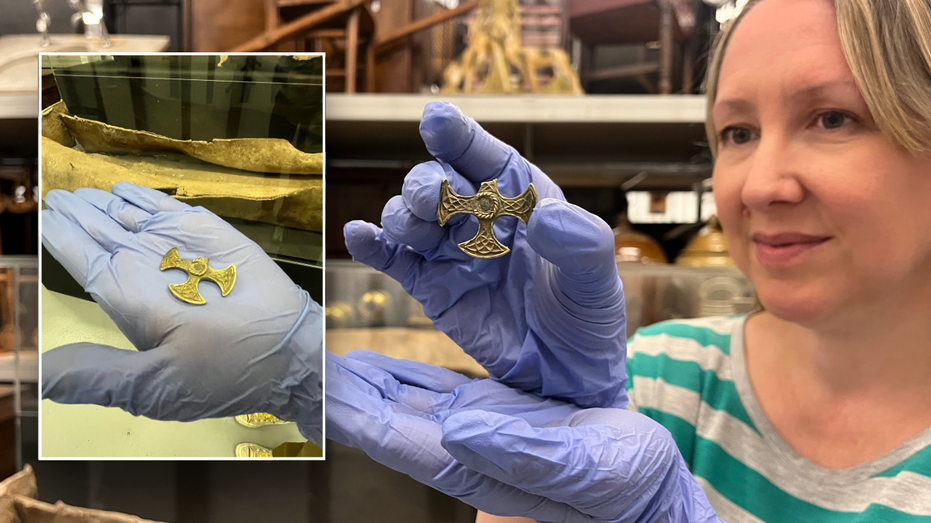- by foxnews
- 25 May 2025
19 billion passwords have leaked online: How to protect yourself
Massive password leak reveals cybersecurity flaws. Learn how to protect your accounts with strong passwords, two-factor authentication and data removal services.
- by foxnews
- 25 May 2025
- in technology

Passwords are outdated, and it's time for both tech companies and users to move on. There, I said it. Like it or not, the weakest link in cybersecurity is anything that relies on human input. While organizations continue to invest in firewalls and endpoint security, the most persistent vulnerability remains the human password.
The internet has long struggled with poor password practices, but a recent discovery highlights just how serious the problem is.
Among the most used passwords, "123456" appeared in over 338 million instances. Words like "Password" and "admin" followed close behind, despite years of public warnings. Such defaults often originate from devices like routers or enterprise tools, where they are rarely changed and frequently reused elsewhere.
Personal names remain a common pattern as well. The name "Ana" appeared in nearly 179 million passwords, followed by countless other first names and name-based combinations. Pop culture, food, cities and even swear words were frequent themes. Words like "Mario," "love," "pizza," "Rome" and various profanities were not just creative choices. They are now security liabilities.
Even worse, attackers do not need to guess anymore. They have automation. Credential stuffing tools now run through billions of known passwords across hundreds of platforms, breaching accounts at success rates as high as two percent. That equates to thousands of compromised profiles, bank accounts, emails and cloud tools every single day.
Most passwords fall between eight to 10 characters, with eight being the most common. Around 27 percent of them contain only lowercase letters and digits, making them highly vulnerable to brute force attacks. Less than 20 percent use a mix of cases and numbers, and only a small fraction includes symbols.
Despite widespread education efforts, user habits remain stagnant, but one positive trend has emerged. In 2022, only one percent of passwords used a mix of lowercase, uppercase, numbers and symbols. Now that figure has grown to 19 percent, likely driven by stricter password requirements across platforms.
Protecting your data requires a mix of smart security habits and reliable tools. Here are four effective ways to keep your information safe.
2. Use strong antivirus software and be cautious with downloads and links: Infostealer malware is the root cause of why your password is out there. It often spreads through malicious downloads, phishing emails and fake websites. Avoid downloading software or files from untrusted sources, and always double-check links before clicking them. Attackers disguise malware as legitimate software, game cheats or cracked applications, so it is best to stick to official websites and app stores for downloads.
When it comes down to it, passwords just aren't cutting it anymore. The sheer number of leaked passwords and the fact that so few are unique show how vulnerable we really are. Cybercriminals are getting smarter and faster, but we don't have to make it easy for them. By using password managers, enabling two-factor authentication, keeping our software updated and considering extra privacy tools, we can take back some control over this situation. It might take a little effort to change old habits, but the peace of mind you get is worth it.
Follow Kurt on his social channels:
Answers to the most-asked CyberGuy questions:
New from Kurt:
Copyright 2025 CyberGuy.com. All rights reserved.
- by foxnews
- descember 09, 2016
Rare 1,200-year-old Christian cross found in field by metal detectorist
The City of Leeds in the U.K. recently revealed a Saxon treasure: a gilded pendant from Northumbria's Christian past, offering a glimpse into early medieval life.
read more




